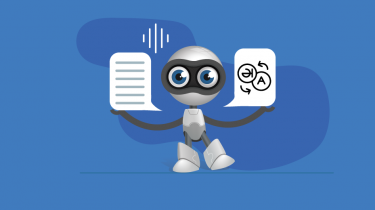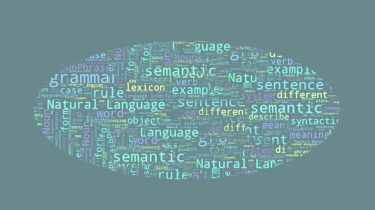Matplotlib Histogram Plot – Tutorial and Examples
Introduction Matplotlib is one of the most widely used data visualization libraries in Python. From simple to complex visualizations, it’s the go-to library for most. In this tutorial, we’ll take a look at how to plot a histogram plot in Matplotlib. Histogram plots are a great way to visualize distributions of data – In a histogram, each bar groups numbers into ranges. Taller bars show that more data falls in that range. A histogram displays the shape and spread of […]
Read more


